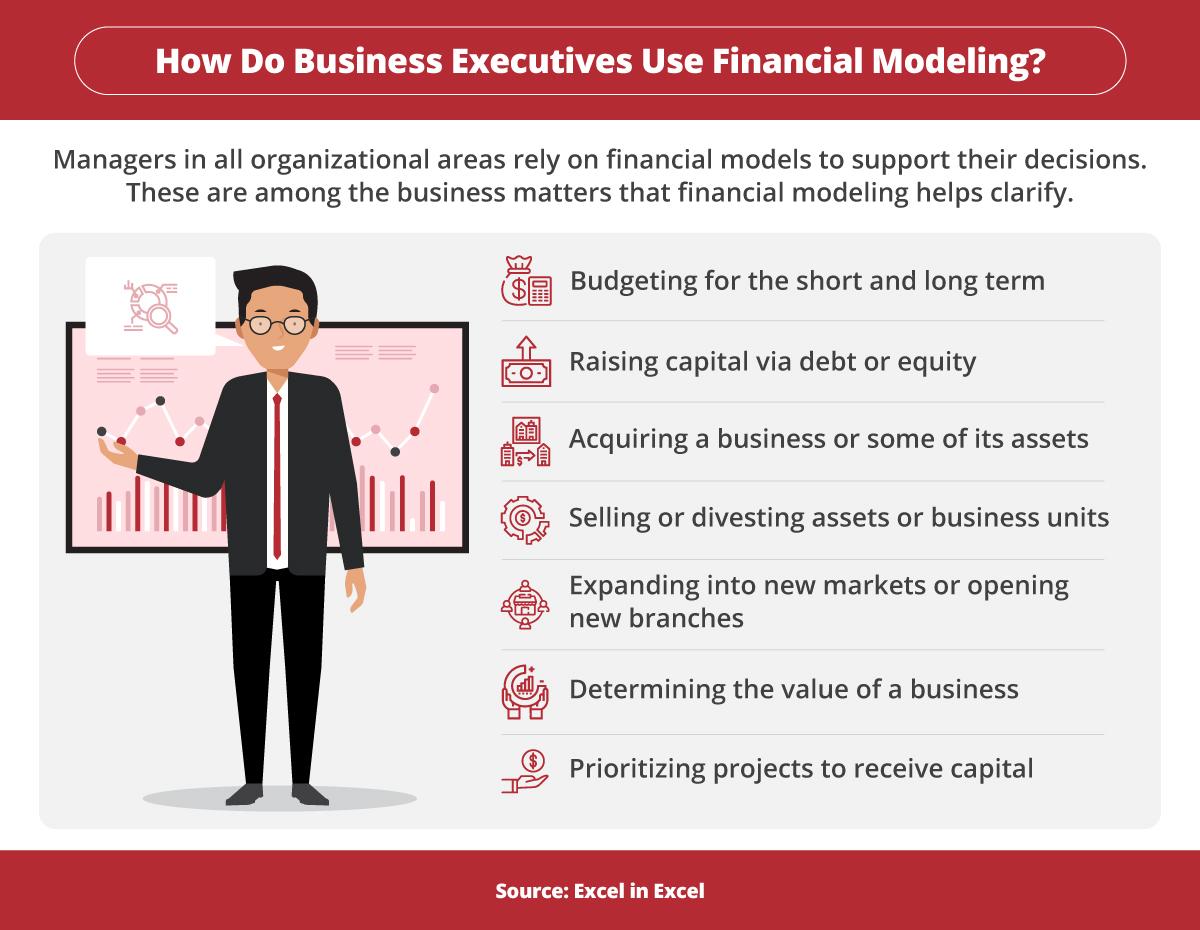
Course Description
# H1: Financial Modeling: Mastering the Economic Cornerstone with an In-depth Course
H2: Introduction
The world of finance is replete with various models and techniques used to evaluate the risks and rewards involved in different business investment options. One such vital technique is ‘Financial Modeling.’ Precisely, financial modeling is an abstract representation of a business’s real-world financial scenario used for making informed financial decisions. This article presents a comprehensive course on the essential aspects of financial modeling, aiming at providing clarity, enhancing your skills, or even helping you embark on a new career trajectory.
Meta title: Comprehensive Course on Financial Modeling | In-depth Guide
Meta description: Join us on an in-depth journey into the world of financial modeling. Learn the crucial aspects, tips, and techniques of developing sophisticated financial models.
H2: Foundations of Financial Modeling
H3: What is Financial Modeling?
Financial modeling is a quantitative representation of a company’s operations and financial performance. It involves constructing an abstract mathematical structure that encapsulates the financial data to predict future performance.
H3: Importance of Financial Modeling
In the financial industry, having the ability to create and interpret financial models is as crucial as an artist’s ability to envision the culmination of a blank canvas into a masterpiece. Here’s why:
- It facilitates better investment decisions.
- It assists in forecasting future performance.
- It leads to effective risk management.
- It’s essential in corporate decision-making.
Benefits of Financial Modeling Better investment decisions Forecasting future performance Effective risk management Essential in corporate decision-making ## H2: Delving Into the Concepts of Financial Modeling
###H3: Basic Principles
The fundamentals of financial modeling revolve around these key principles:
- Simplicity: A model should be simple enough to be interpreted, yet detailed enough to encapsulate the required data.
- Relevance: Each input and assumption should be relevant to the model and serve the purpose of forecasting.
- Accuracy: The model should employ accurate data to provide reliable results.
H3: Types of Financial Models
In practice, various types of models are used in finance, mainly:
- Three Statement Model: This basic type of model involves the income statement, the balance sheet, and the cash flow statement.
- Discounted Cash Flow Model (DCF): This model gauges the value of an investment based on its future cash flows.
- Leveraged Buyout Model (LBO): This model analyzes the acquisition of a company using a significant amount of borrowed funds.
H2: Building Your First Financial Model
Now that we’re familiar with the concepts, let’s construct a basic financial model:
- Define the Model’s Purpose: Start by discerning the purpose of the model. Is it for a startup business plan? Investment evaluation? Understanding this will guide the entire process.
- Gather Relevant Data: Collect all necessary historical financial data, industry trends, and assumptions to forecast future performance.
- Develop a Template: Set up the framework, incorporating relevant input areas such as revenue, costs, and net income.
- Input Assumptions and Data: Fill in your template with relevant data and assumptions.
- Interpret the Results: Once the data is in place, analyze the result, check for accuracy, and make informed decisions.
H2: Conclusion
To sum it up, financial modeling is an imperative tool in the financial industry – providing critical insights into business performance and assisting in decision-making. Regardless of your career stage, understanding financial modeling concepts is a valuable asset that’ll significantly enhance your financial analysis skills and your professional growth.
H1 Keywords: Financial Modeling, Comprehensive Course, In-depth Guide, Financial Decisions
H2 Keywords: Foundations of Financial Modeling, Concepts of Financial Modeling, Building Financial Model
H3 Keywords: Importance, Basic Principles, Types, Building Model, Conclusion
Other Keywords: Economic, Financial Performance, Investment Decisions, Corporate Decision-making, Forecasting, Risk Management, Industry Trends, Template, Assumptions, Results, Accuracy, Relevance, Simplicity, Data, Skills, Professional Growth, Career.
Given the multifaceted nature of our financial world, gaining mastery over financial modeling will open doors to new opportunities and ensure you remain a pertinent part of the evolving industry landscape.




